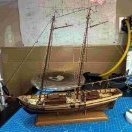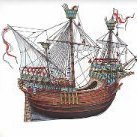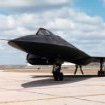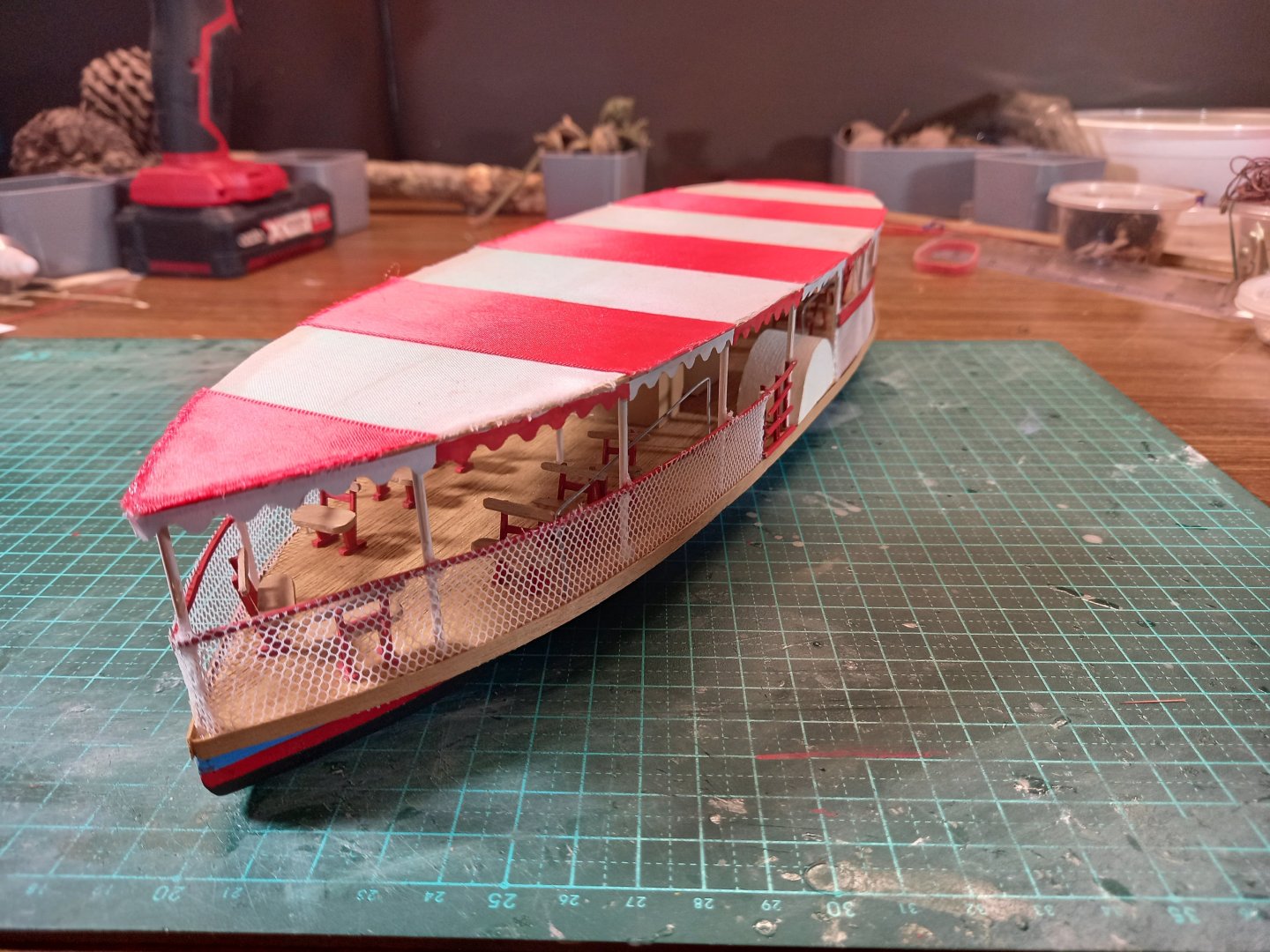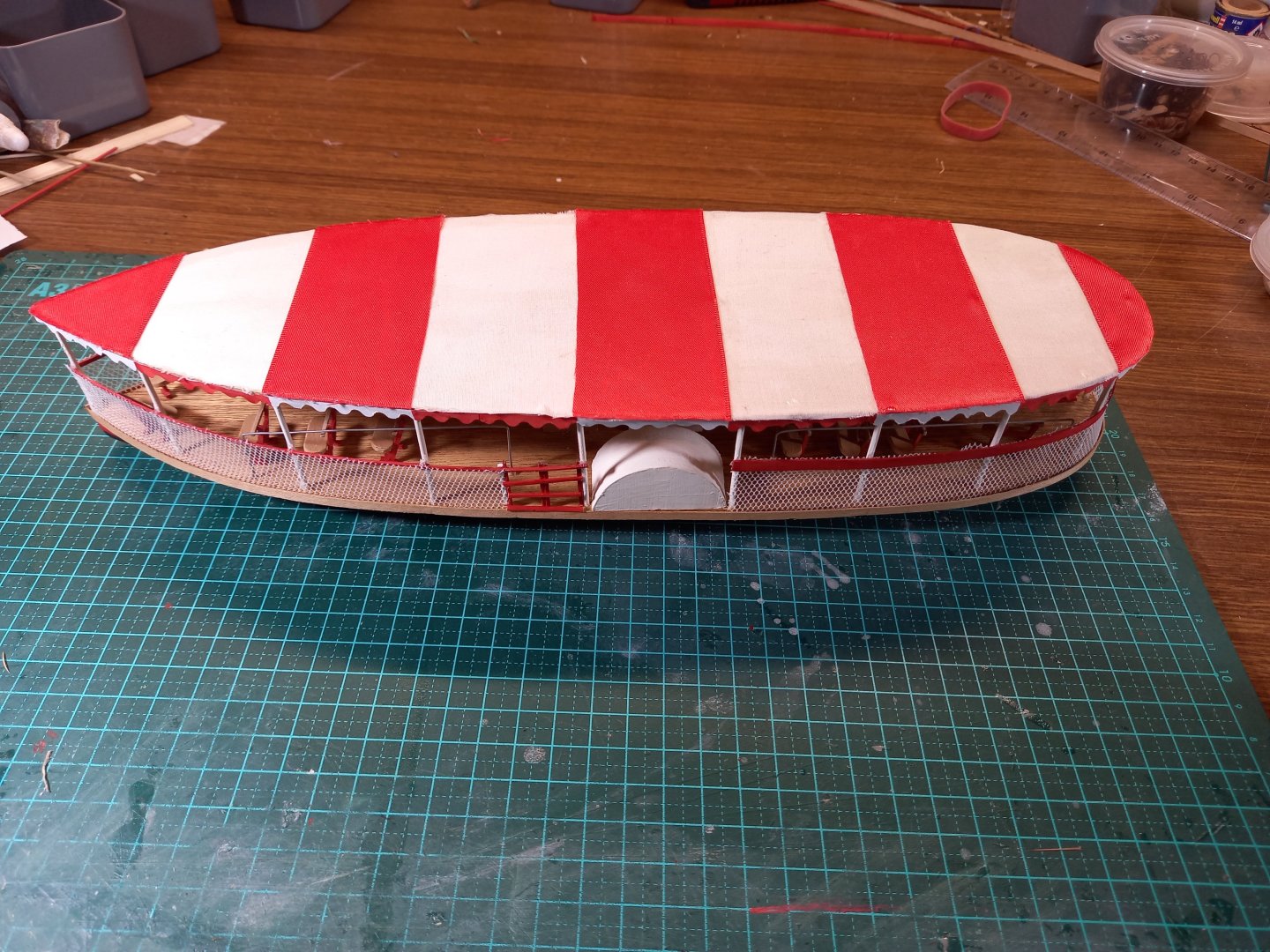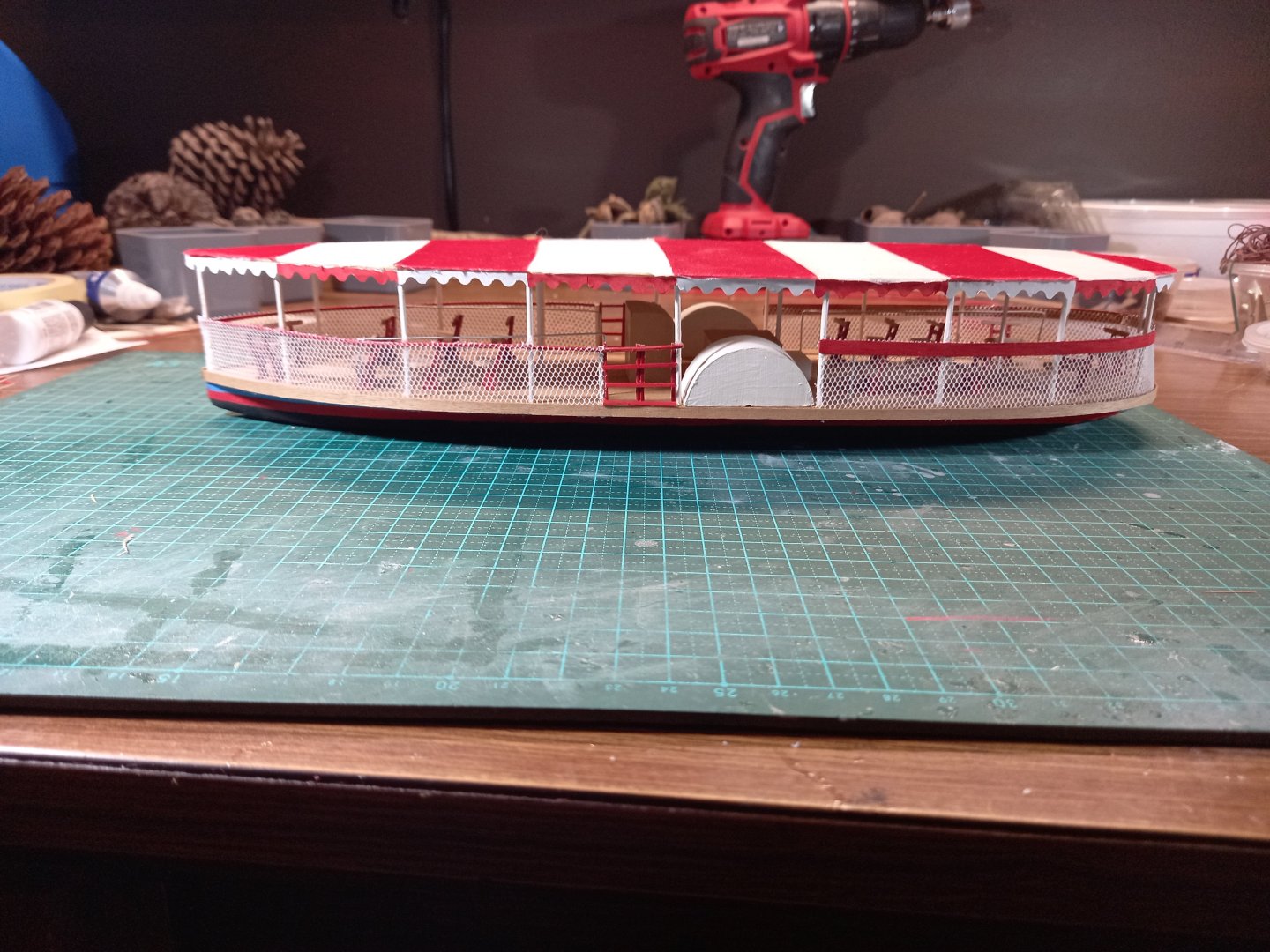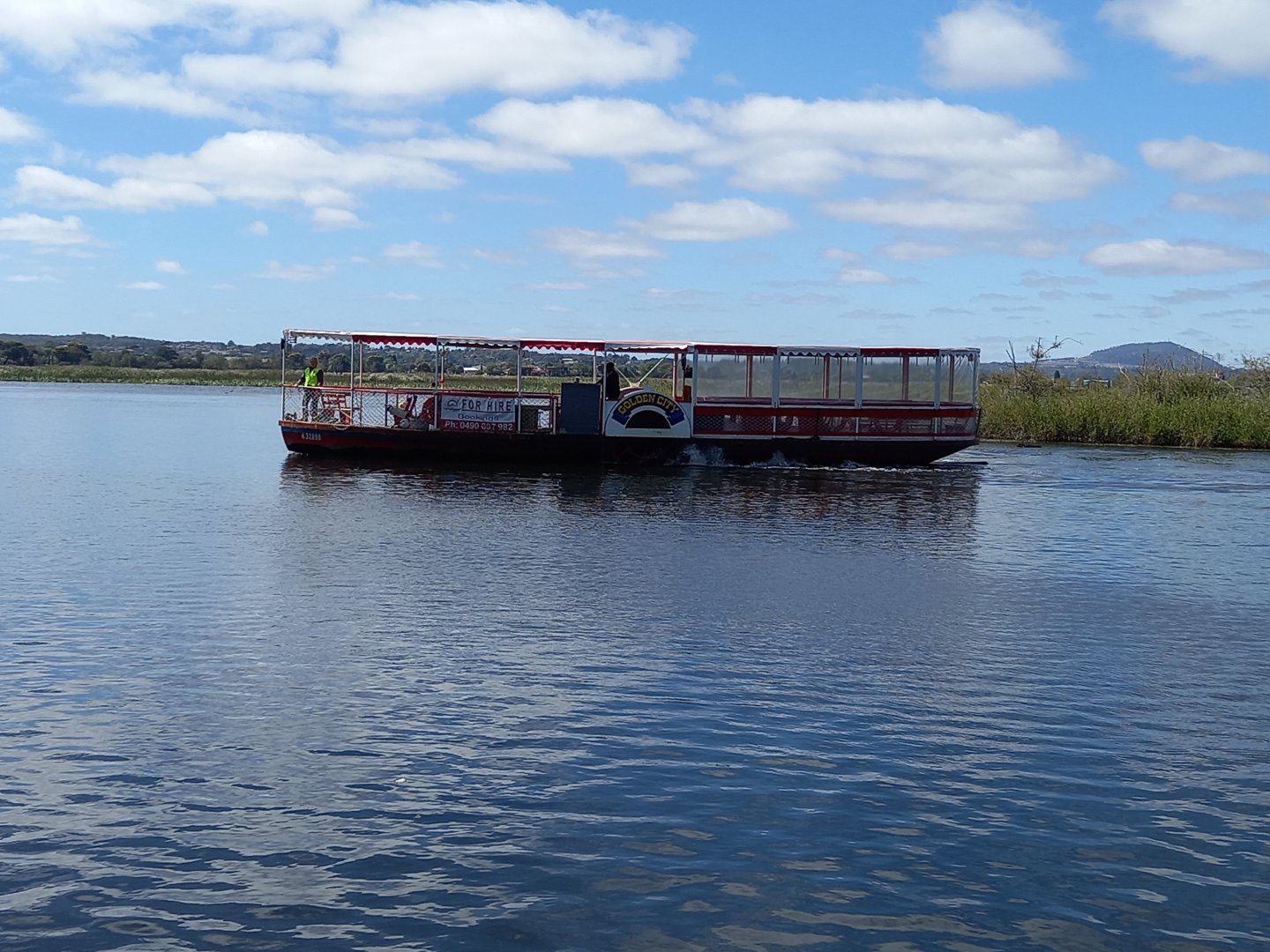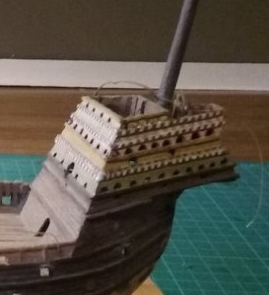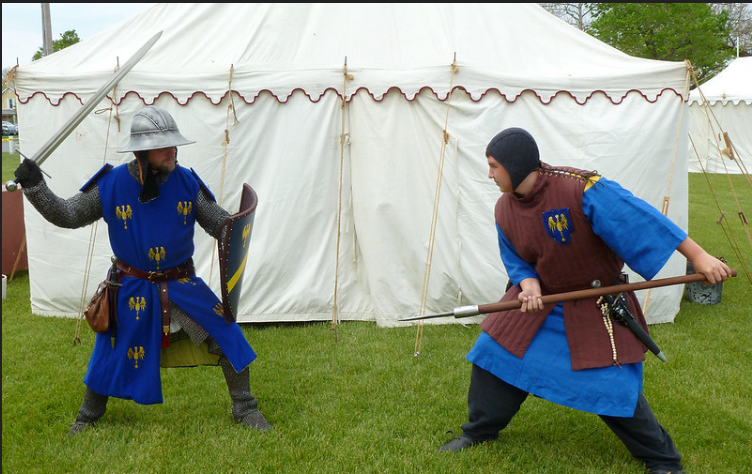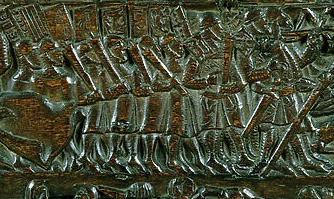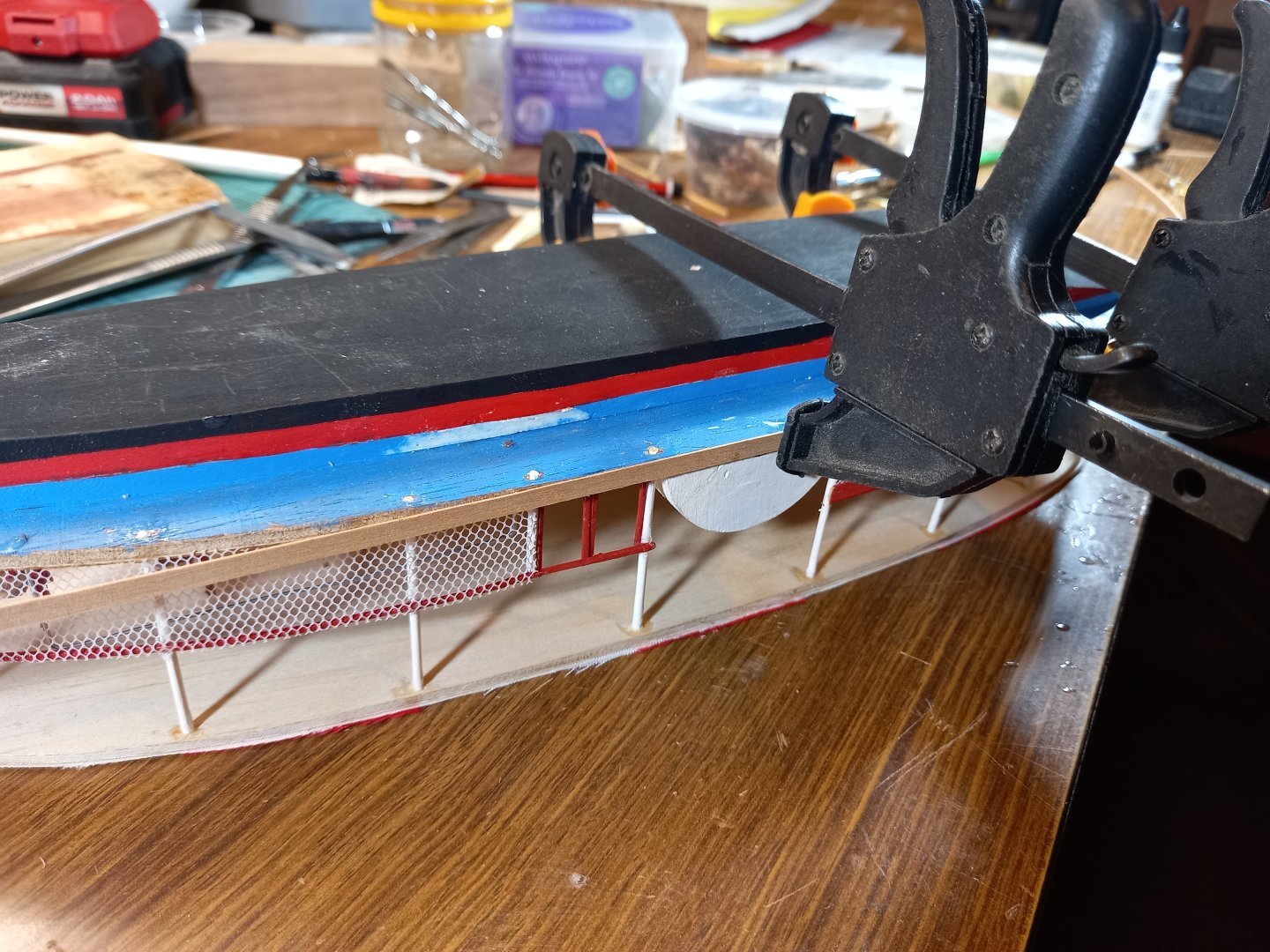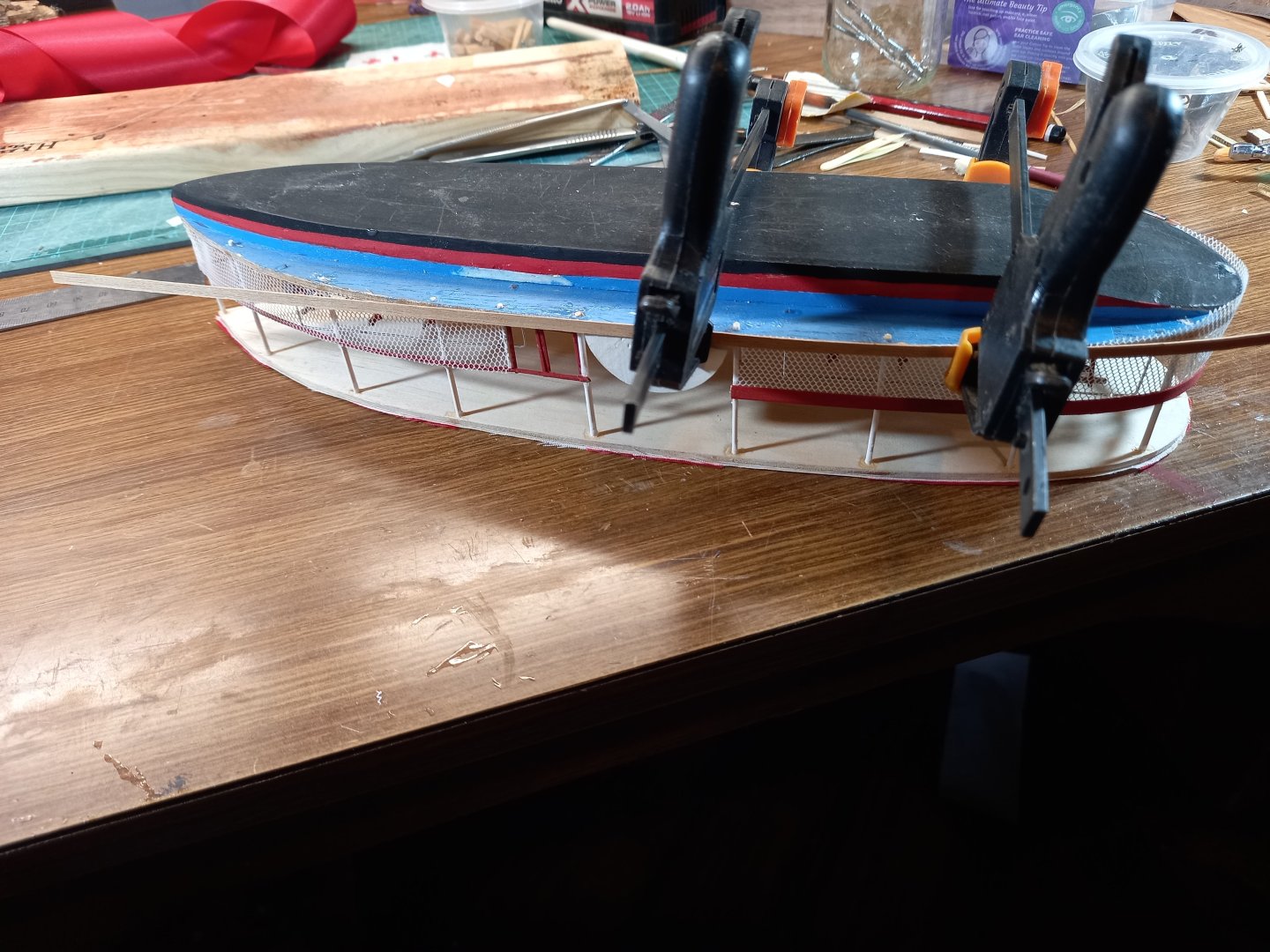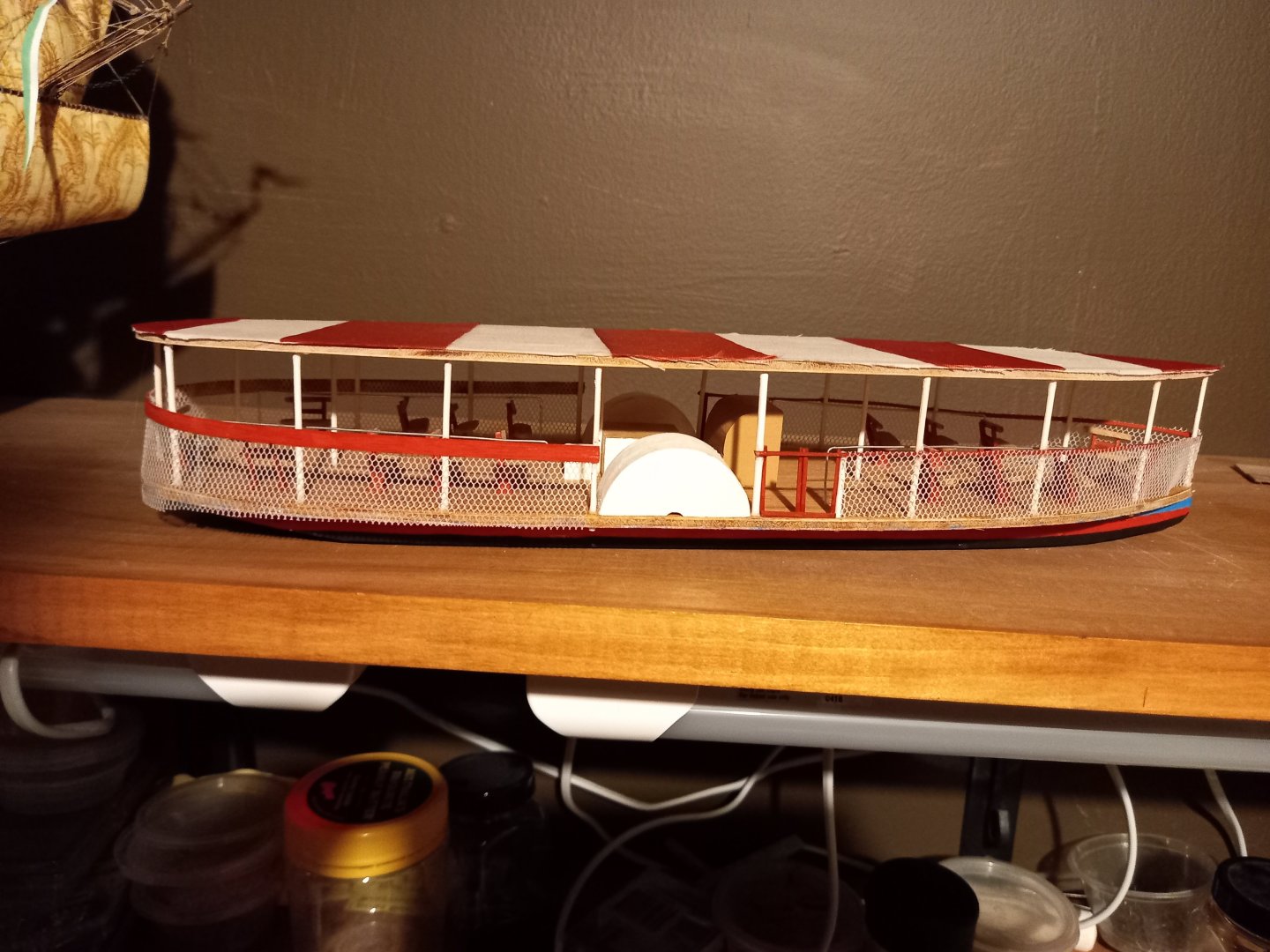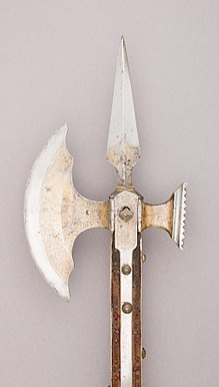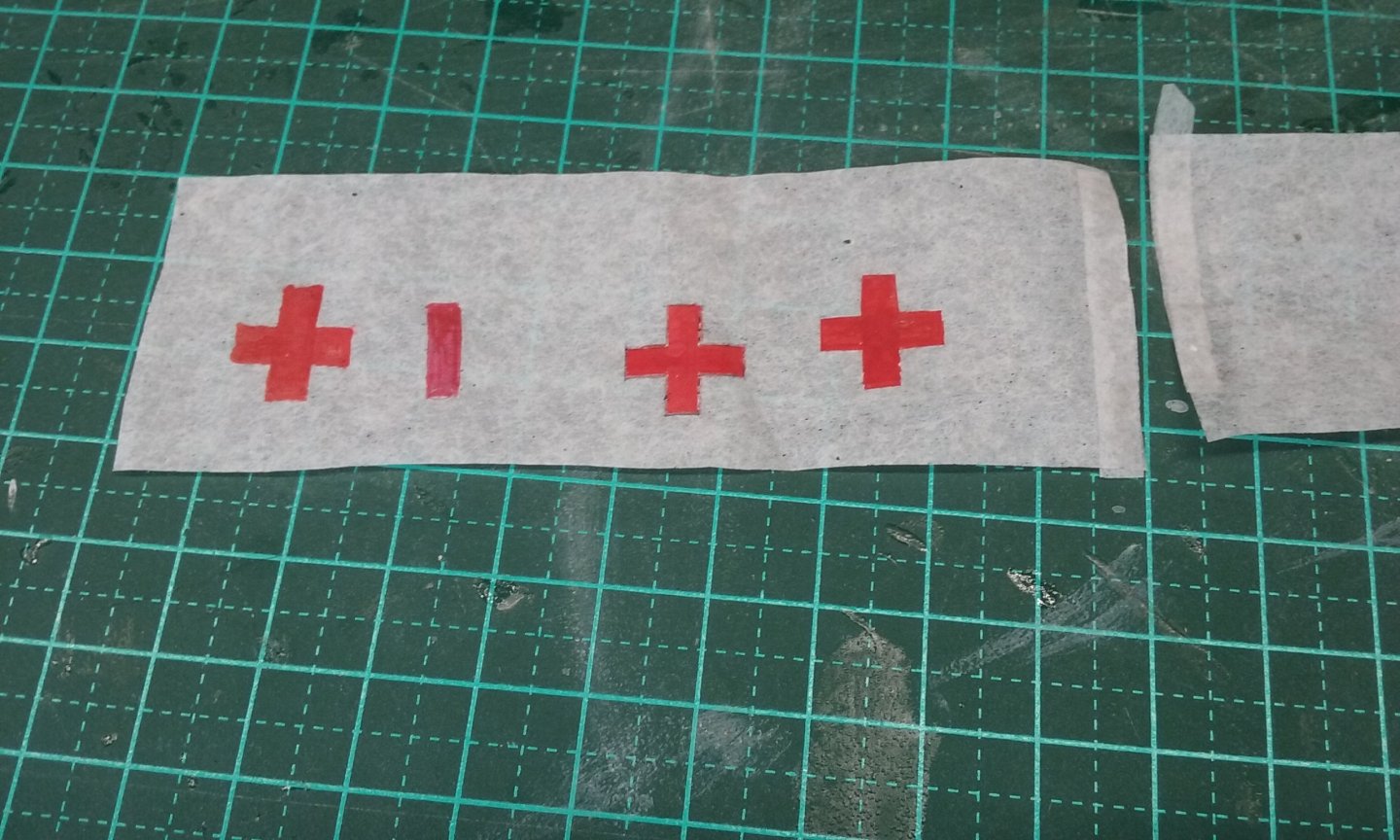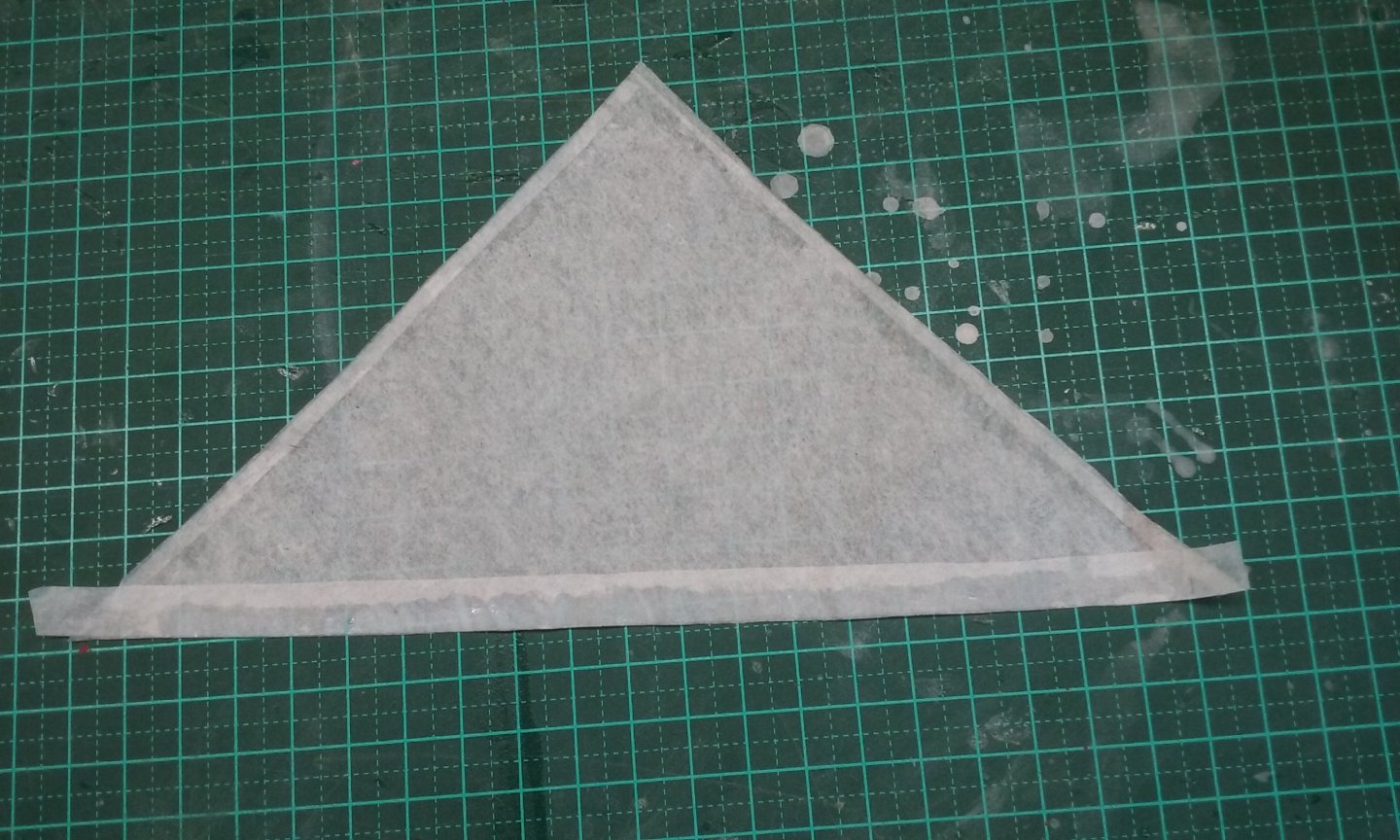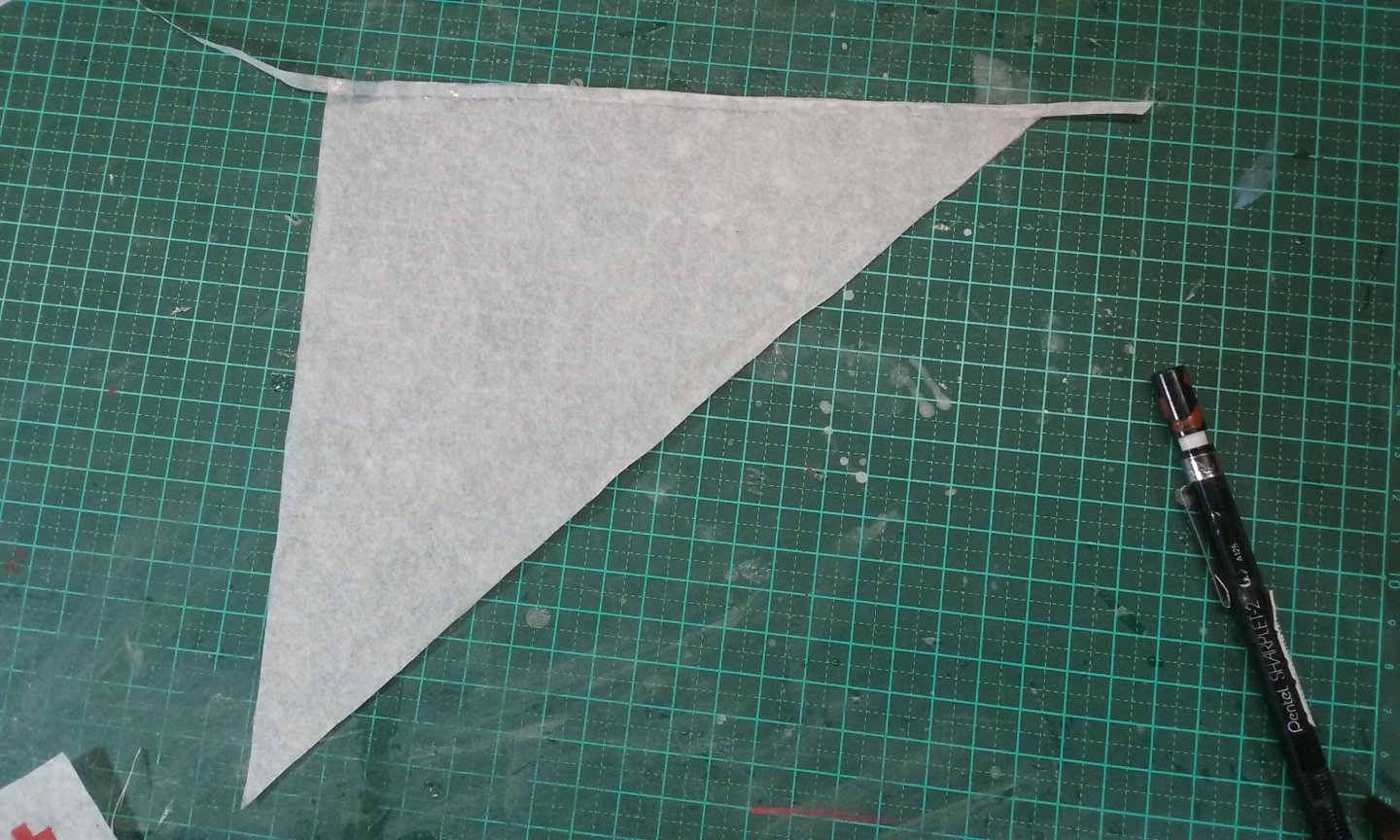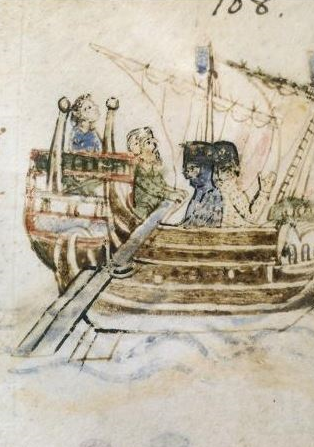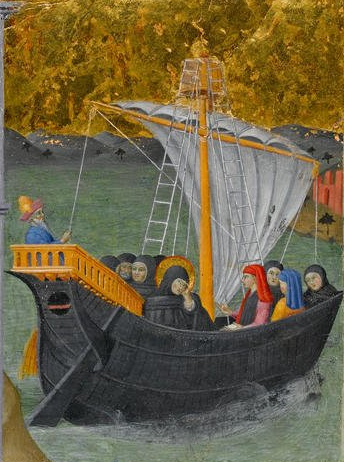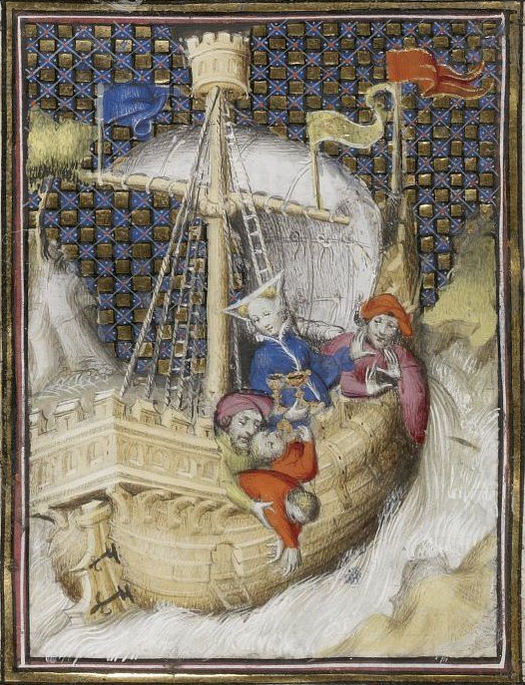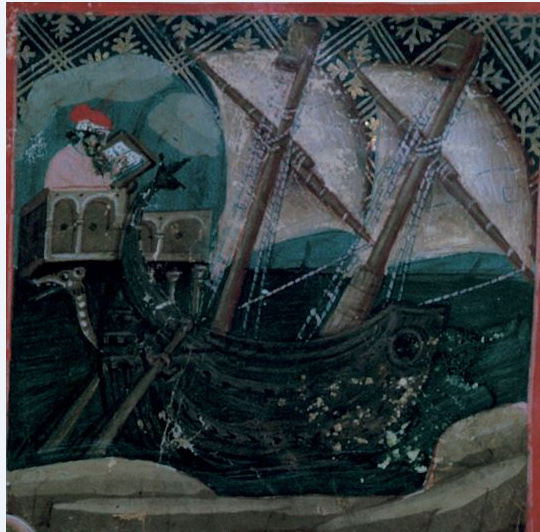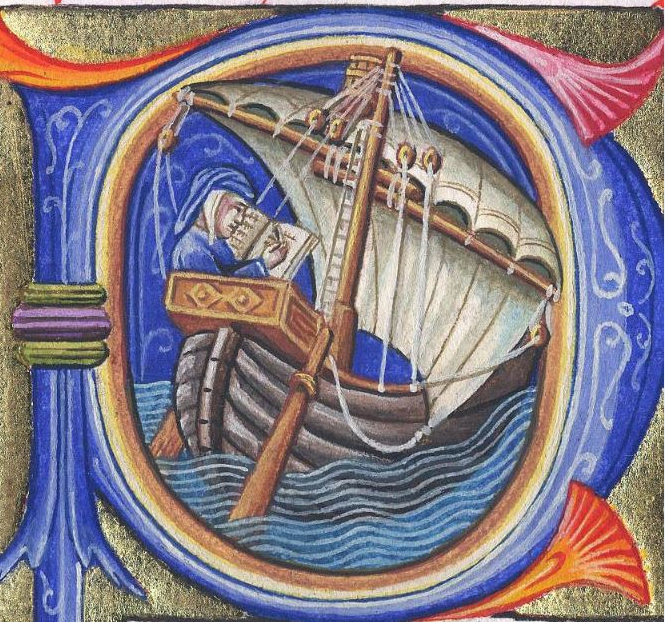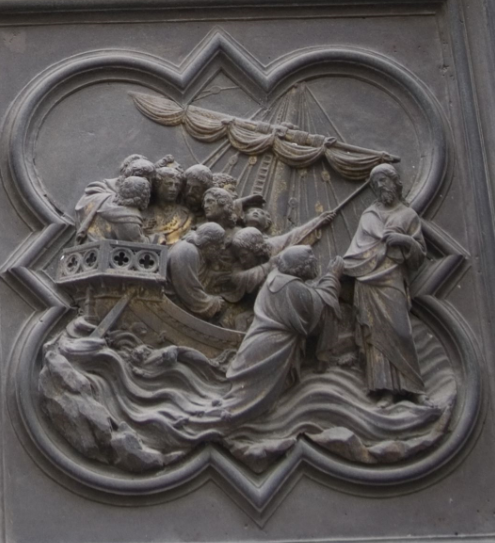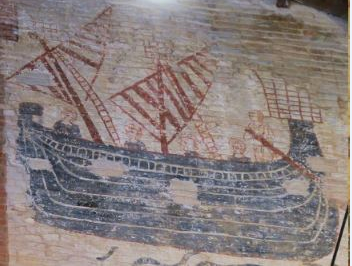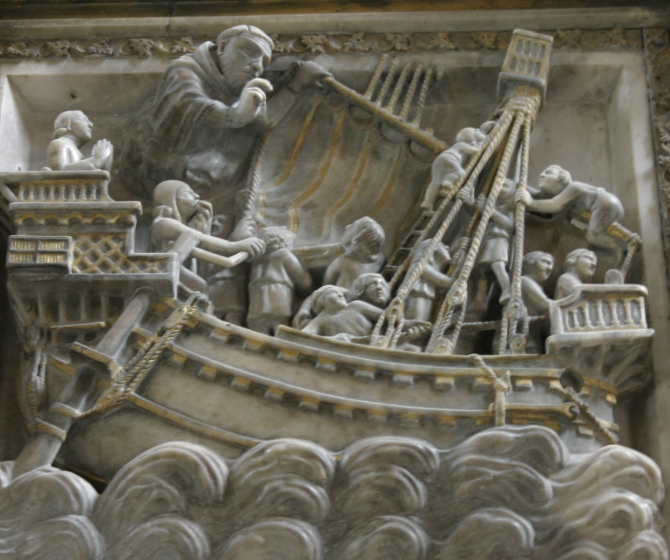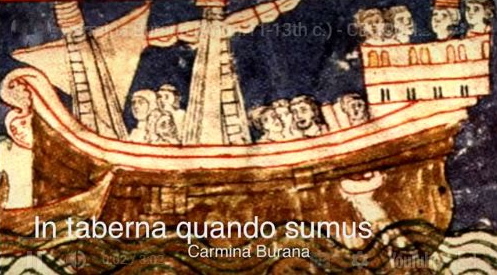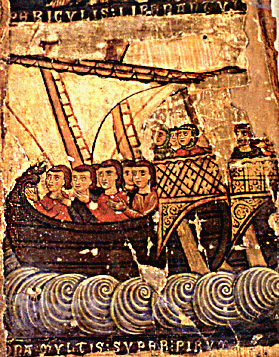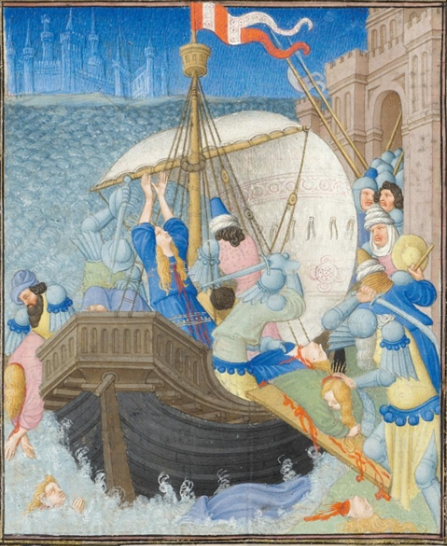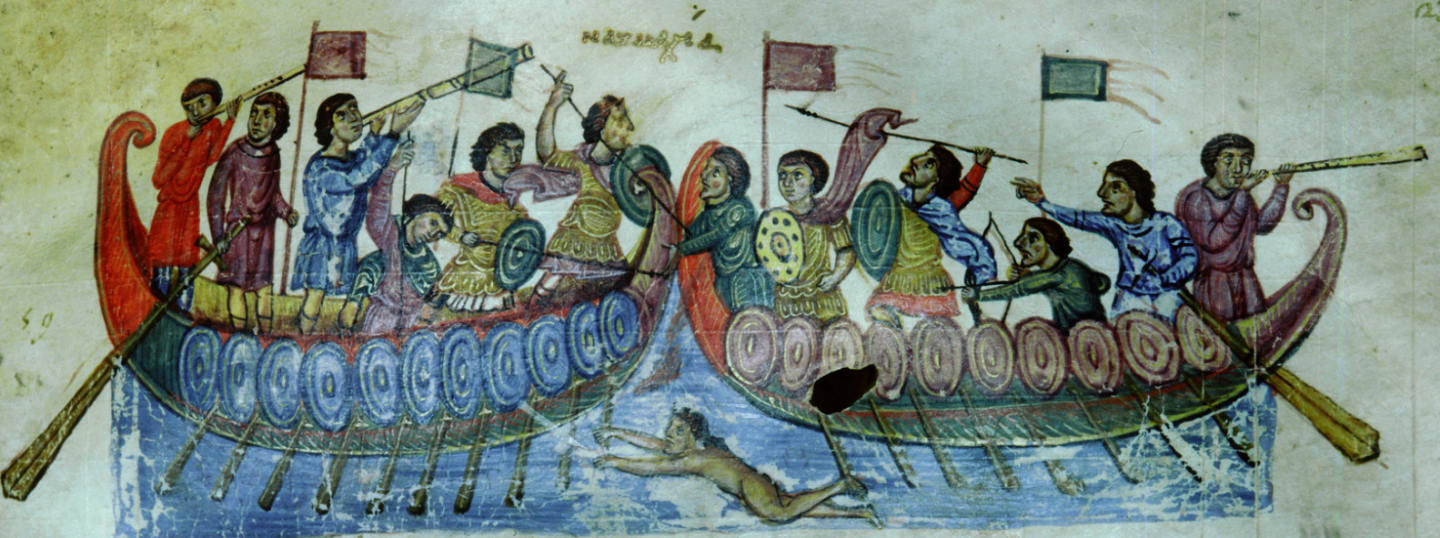-
Posts
7,543 -
Joined
-
Last visited
Profile Information
-
Gender
Male
-
Location
Ballarat, Australia
-
Interests
History, particularly the Middle Ages
-
 Canute reacted to a post in a topic:
Paddlewheeler Golden City by Louie da fly - Scale 1:50 and 1:25 - solid hull
Canute reacted to a post in a topic:
Paddlewheeler Golden City by Louie da fly - Scale 1:50 and 1:25 - solid hull
-
 Canute reacted to a post in a topic:
Paddlewheeler Golden City by Louie da fly - Scale 1:50 and 1:25 - solid hull
Canute reacted to a post in a topic:
Paddlewheeler Golden City by Louie da fly - Scale 1:50 and 1:25 - solid hull
-
 md1400cs reacted to a post in a topic:
Mary Rose by Baker - scale 1/50 - "Your Noblest Shippe"
md1400cs reacted to a post in a topic:
Mary Rose by Baker - scale 1/50 - "Your Noblest Shippe"
-
 Doreltomin reacted to a post in a topic:
Mistydeefer by Louie da fly - FINISHED - RESTORATION - decor yacht
Doreltomin reacted to a post in a topic:
Mistydeefer by Louie da fly - FINISHED - RESTORATION - decor yacht
-
 Baker reacted to a post in a topic:
Mary Rose by Baker - scale 1/50 - "Your Noblest Shippe"
Baker reacted to a post in a topic:
Mary Rose by Baker - scale 1/50 - "Your Noblest Shippe"
-
 Louie da fly reacted to a post in a topic:
The Hayling Hoy by jpalmer1970 - 1:48 scale - First POF build
Louie da fly reacted to a post in a topic:
The Hayling Hoy by jpalmer1970 - 1:48 scale - First POF build
-
 Louie da fly reacted to a post in a topic:
Perseverance 1807 by Isaiah - Modellers Shipyard - Colonial Brig
Louie da fly reacted to a post in a topic:
Perseverance 1807 by Isaiah - Modellers Shipyard - Colonial Brig
-
 Louie da fly reacted to a post in a topic:
Mary Rose by Baker - scale 1/50 - "Your Noblest Shippe"
Louie da fly reacted to a post in a topic:
Mary Rose by Baker - scale 1/50 - "Your Noblest Shippe"
-
 Archi reacted to a post in a topic:
Mary Rose by Baker - scale 1/50 - "Your Noblest Shippe"
Archi reacted to a post in a topic:
Mary Rose by Baker - scale 1/50 - "Your Noblest Shippe"
-
 KeithAug reacted to a post in a topic:
Paddlewheeler Golden City by Louie da fly - Scale 1:50 and 1:25 - solid hull
KeithAug reacted to a post in a topic:
Paddlewheeler Golden City by Louie da fly - Scale 1:50 and 1:25 - solid hull
-
 wefalck reacted to a post in a topic:
Paddlewheeler Golden City by Louie da fly - Scale 1:50 and 1:25 - solid hull
wefalck reacted to a post in a topic:
Paddlewheeler Golden City by Louie da fly - Scale 1:50 and 1:25 - solid hull
-
 wefalck reacted to a post in a topic:
Paddlewheeler Golden City by Louie da fly - Scale 1:50 and 1:25 - solid hull
wefalck reacted to a post in a topic:
Paddlewheeler Golden City by Louie da fly - Scale 1:50 and 1:25 - solid hull
-
 wefalck reacted to a post in a topic:
Paddlewheeler Golden City by Louie da fly - Scale 1:50 and 1:25 - solid hull
wefalck reacted to a post in a topic:
Paddlewheeler Golden City by Louie da fly - Scale 1:50 and 1:25 - solid hull
-
I'm going to have to steal that, mate. Steven
- 29 replies
-
- Paddlewheeler
- Paddleboat
-
(and 6 more)
Tagged with:
-
Thanks for all the likes. Druxey, I don't know how many I'll make, but the purpose right from the start was to work out how to make multiples without too much waste effort. Not the same as my usual builds, where the research and the figuring out are as much fun as the making. It'll be a bit of a sideline which doesn't make too many demands on my problem-solving abilities, just more of a relaxing thing when I have a bit of spare time. I've already got about half a dozen hulls cut out ready to go further. Not really in any hurry. Steven
- 29 replies
-
- Paddlewheeler
- Paddleboat
-
(and 6 more)
Tagged with:
-
Almost finished, just in time for an exhibition by the modelling club I'm in. It's a little rough and ready because it's a prototype, but that's OK. When I come to do the finalised one I'll put the lessons I've leaned doing this one into practice. In the meantime, a bit more paintwork, (adding the vessel's registration number and name) and I really need to re-do those little red gates amidships - a bit *too* rough and ready! And here's the real thing. Steven
- 29 replies
-
- Paddlewheeler
- Paddleboat
-
(and 6 more)
Tagged with:
-
I agree with Patrick and Stevinne. This was a very common size for forecastles at this time - see https://www.pinterest.com.au/lowe1847/great-carracksnaos/ - beginning as a quite low structure the forecastle got bigger and bigger and more unwieldy, presumably to give advantage in boarding/deterring boarding. It probably made the ships very crank, and this plus the adoption of big guns which made boarding a less vital part of normal tactics, probably led to the adoption of the lower sleeker galleon. Of course I could be biased. Here's the forecastle of my own Great Harry, Mary Rose's big sister. Steven
-
That's interesting - the goedendag is mentioned as being one of the most common weapons of the victorious Flemish army at the Battle of Courtrai (also known as the battle of the Golden Spurs because of the huge number of golden spurs looted from dead French knights), but a wooden chest commemorating the battle shows them like this: And remnants have been found of the real thing: https://www.military-history.org/feature/medieval/the-goedendag-medieval-weaponry.htm Of course Flemish re-enactors have adopted this nasty thing (though only for display purposes - much too nasty to really fight with) Steven
-
Thanks, Dick. Ian, do you have a picture of one of those blocks? Steven
- 379 replies
-
 Louie da fly reacted to a post in a topic:
The San Marco mosaic ship c. 1150 by Louie da fly - 1:75
Louie da fly reacted to a post in a topic:
The San Marco mosaic ship c. 1150 by Louie da fly - 1:75
-
When I lived in Port Hedland (NW coast) the iron ore trains were 3 km (2 miles) long. One broke down in the middle of nowhere and a repair engine was sent to get it going again. Unfortunately, the location he was given was the far end of the train, so he slammed into it going umpty ump miles an hour, 3 km too early. Steven PS: Probably enough Australiana - back to our scheduled programme.
-
Thanks, Dick. I had been puzzling over this very issue and hadn't come up with a workable solution - apart from perhaps having the ladder going off to the side! (Perhaps great minds think alike.) Certainly, the contemporary pictures are quite equivocal - they could be interpreted as having the ladders either behind or to the side of the mast - except that some show two ladders, one on each side of the mast, each leading down to the relevant gunwale. I don't know if I'm prepared to do two for each mast - I'm still thinking about it. As far as what the rungs should be made of, I know you used wood, and that would probably be easier to make than rope ones, but I'm still not certain which way I'm going to go. Steven
- 379 replies
-
Well, I've made some progress. Glued lengths of red ribbon onto the roof awning to make the roof alternately red and white stripes. But I don't think I'll do it that way again. I've found my wife's wavy scissors won't cut cloth, only paper, so the 'fringe' won't be able to match the roof. So I'll probably just paint the stripes on instead. Also added the mesh netting at the railing and learnt a few things. Next time I'll add the mesh behind the rail before I put the rail on the model. It'll look better. I did this with the rail on the aft half of the vessel - it looks and works better. And I'm fixing an edging to the deck to cover the edge of the plywood. I discovered some REALLY thin veneer languishing neglected at the Men's Shed and it's ideal - so I've commandeered it all for myself. Should do for a large number of future models of this paddlewheeler. And it's OK, because they'll be sold as fundraisers for the Men's Shed and the volunteers who operate her. Steven
- 29 replies
-
- Paddlewheeler
- Paddleboat
-
(and 6 more)
Tagged with:
-
 Louie da fly reacted to a post in a topic:
Mistydeefer by Louie da fly - FINISHED - RESTORATION - decor yacht
Louie da fly reacted to a post in a topic:
Mistydeefer by Louie da fly - FINISHED - RESTORATION - decor yacht
-
I've been doing test runs with the silkspan, gluing it together with the matt acrylic varnish that was recommended. Not too bad. And trying out for painting the crosses on the sails. I've tried various ways of doing it, but still not really happy with the results. From the left - acrylic painted directly onto the sail, a band of different acrylic, painted onto the sail and then outlined in pencil, painted onto a separate piece of silkspan and glued onto the sail. This seems to be the least worst version. Heart in mouth, I've started gluing the reinforcing strips to the edges of the sails.There's a bit of transparency to start with due to the varnish, but if the test piece is to be relied upon, that seems to fade after awhile as the varnish matures. But maybe I should have made the sails a bit bigger and folded the edges over, rather than glue on separate strips. I think it would have been easier. I'm also researching rope ladders for the masts. I'd hoped to avoid them, as they often don't appear in contemporary pictures and several pictures show crewmen shinnying up shrouds, not using ladders. Unfortunately, a Genoese round ship from a few short decades different has an undeniable rope ladder, though the top end isn't in the picture. So I've been checking out other rope ladders - I have two questions: 1. Where is the top of the ladder fixed to and 2. Are the rungs rope or wood? Here are the pics I've been able to find that are vaguely similar in time period (by "similar" I mean no more than two or three centuries apart!). 14th century Chest of St Simeon, Croatia 1360ish St Ursula by Paolo Veneziano 1422 from north doors of the Florence Baptistery by Lorenzo Ghiberti 1430 approx. St Augustine Departing from Africa by Master of Osservanza Boccaccio by the Maitre des Cleres Femmes du duc de Berry, 1403 British Museum Egerton 943 f. 63 Dante embarks on a ship 1st half 14th century Dante on shipboard. Date unknown, but looks 14th century Siege of Damietta - frescoes in Palazzo Comunale, Mantua,(1220-1230) From church of San Eustorgio Milan 1336 to 1339 Unknown ship - maybe 13th century Detail from Icon of Virgin and Child, Church of St Kassianos, Martyrdom of St Ursula from the Belles Heures du Duc de Berry Nicosia, end of 13th century 1405-9 Met Museum BH Lg19v 178v Surprisingly, most of them seem to come only up to the bottom of the "crows nest" (I couldn't call it a top - too confusing) or even lower, leaving the sailors to clamber up over the sides of the thing to get in - unless there's a lubber hole in the floor of the top, but they seem too small to allow for that. Steven
- 379 replies
-
Not really - it really comes from England - there's not an Australian equivalent that I can think of (not any that are suitable for a family forum, anyway). But I liked the sound of it, so I've adopted it as an "honorary" Australian term. It means astounded, amazed and often also impressed, or even shocked. Flabbergasted. Steven PS: Your gob is your mouth, so it's as though you've been smacked in the mouth, that's how amazed you are.
-

The Mary Rose... a bit of obscure history.
Louie da fly replied to mtaylor's topic in Nautical/Naval History
I don't know how far back bosun's pipes go, but the Byzantines (and IIRC the Ancient Greeks) used flutes to give the time to the oarsmen of their galleys - probably because the high pitched sound could be heard over the deep sounds of the ship, oars etc. And I expect that's the same with bosun's pipes - they're VERY shrill. Steven
About us
Modelshipworld - Advancing Ship Modeling through Research
SSL Secured
Your security is important for us so this Website is SSL-Secured
NRG Mailing Address
Nautical Research Guild
237 South Lincoln Street
Westmont IL, 60559-1917
Model Ship World ® and the MSW logo are Registered Trademarks, and belong to the Nautical Research Guild (United States Patent and Trademark Office: No. 6,929,264 & No. 6,929,274, registered Dec. 20, 2022)
Helpful Links
About the NRG
If you enjoy building ship models that are historically accurate as well as beautiful, then The Nautical Research Guild (NRG) is just right for you.
The Guild is a non-profit educational organization whose mission is to “Advance Ship Modeling Through Research”. We provide support to our members in their efforts to raise the quality of their model ships.
The Nautical Research Guild has published our world-renowned quarterly magazine, The Nautical Research Journal, since 1955. The pages of the Journal are full of articles by accomplished ship modelers who show you how they create those exquisite details on their models, and by maritime historians who show you the correct details to build. The Journal is available in both print and digital editions. Go to the NRG web site (www.thenrg.org) to download a complimentary digital copy of the Journal. The NRG also publishes plan sets, books and compilations of back issues of the Journal and the former Ships in Scale and Model Ship Builder magazines.






